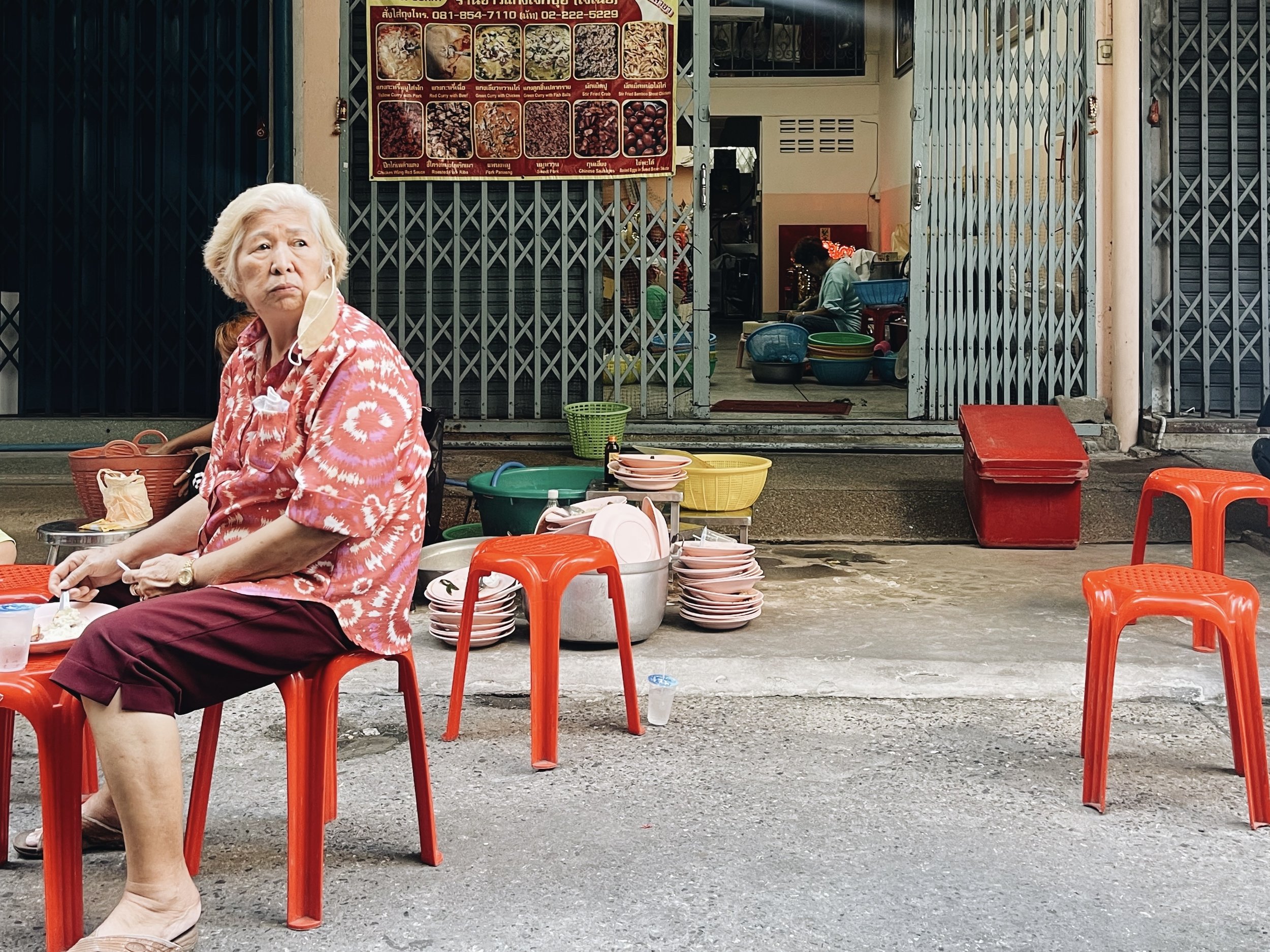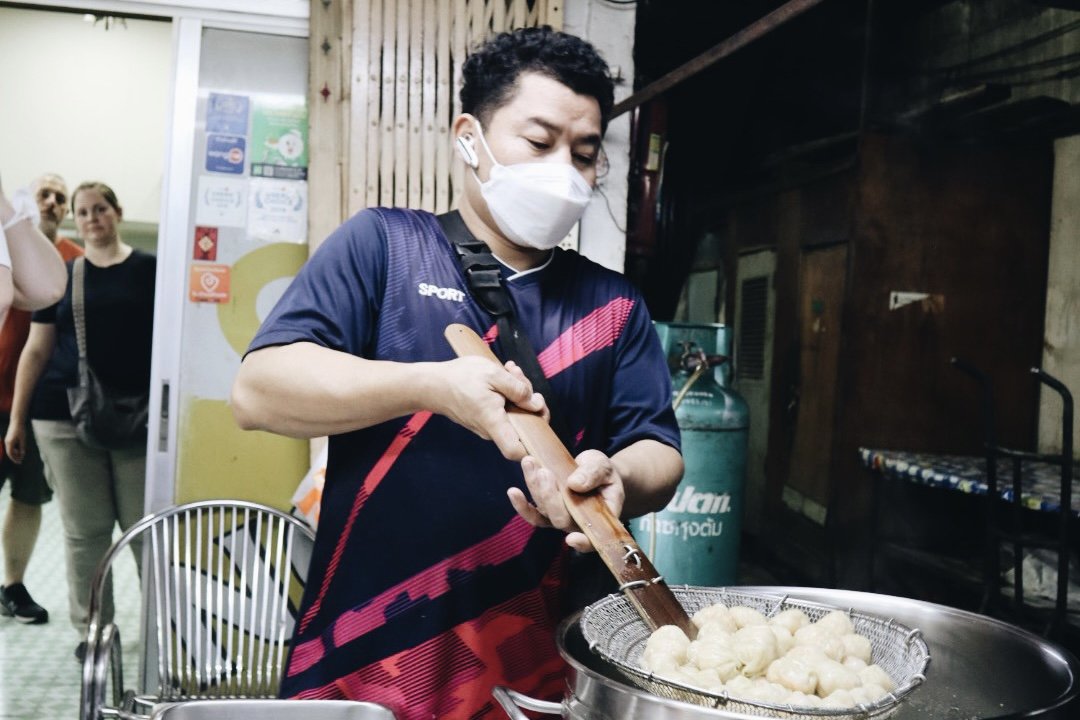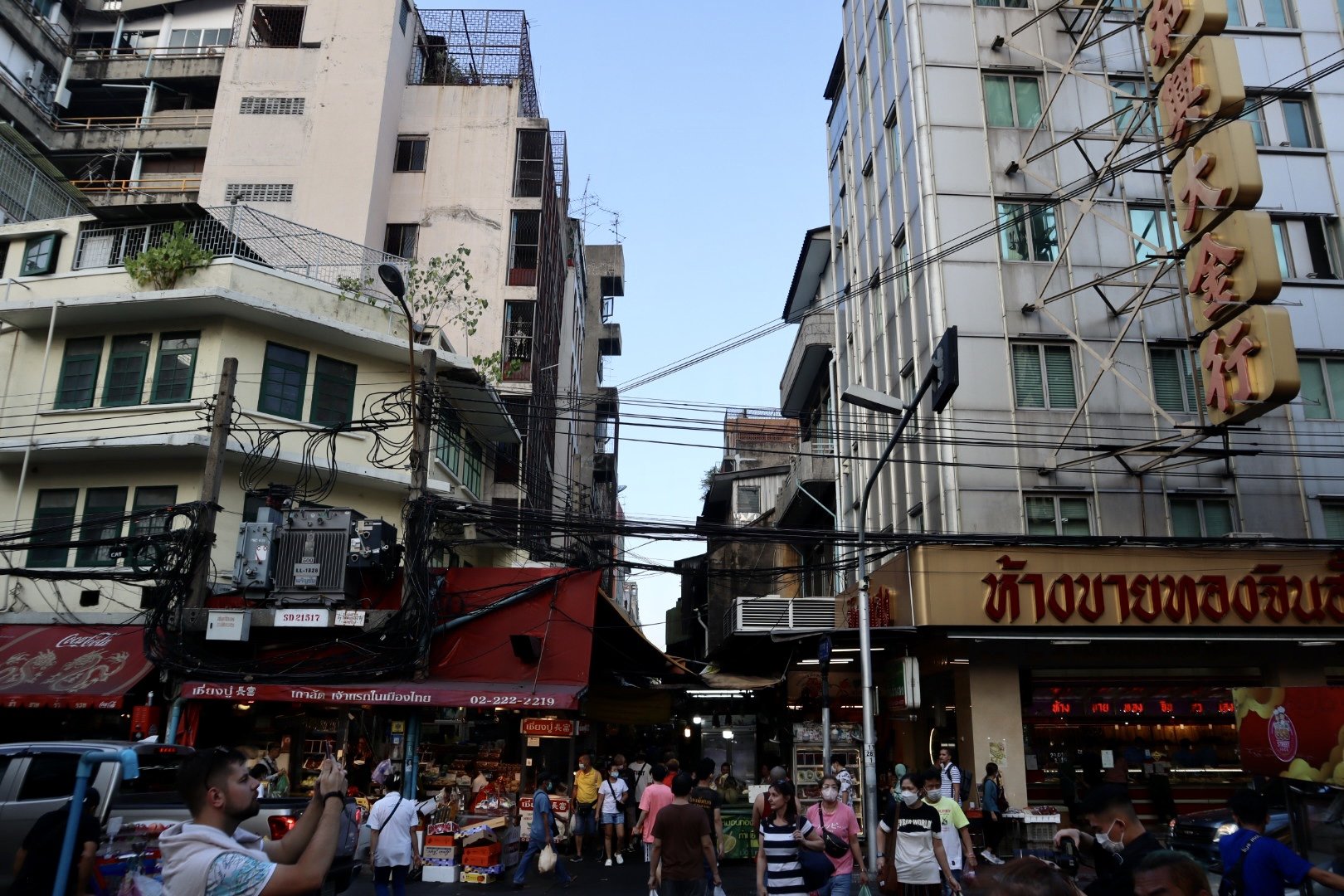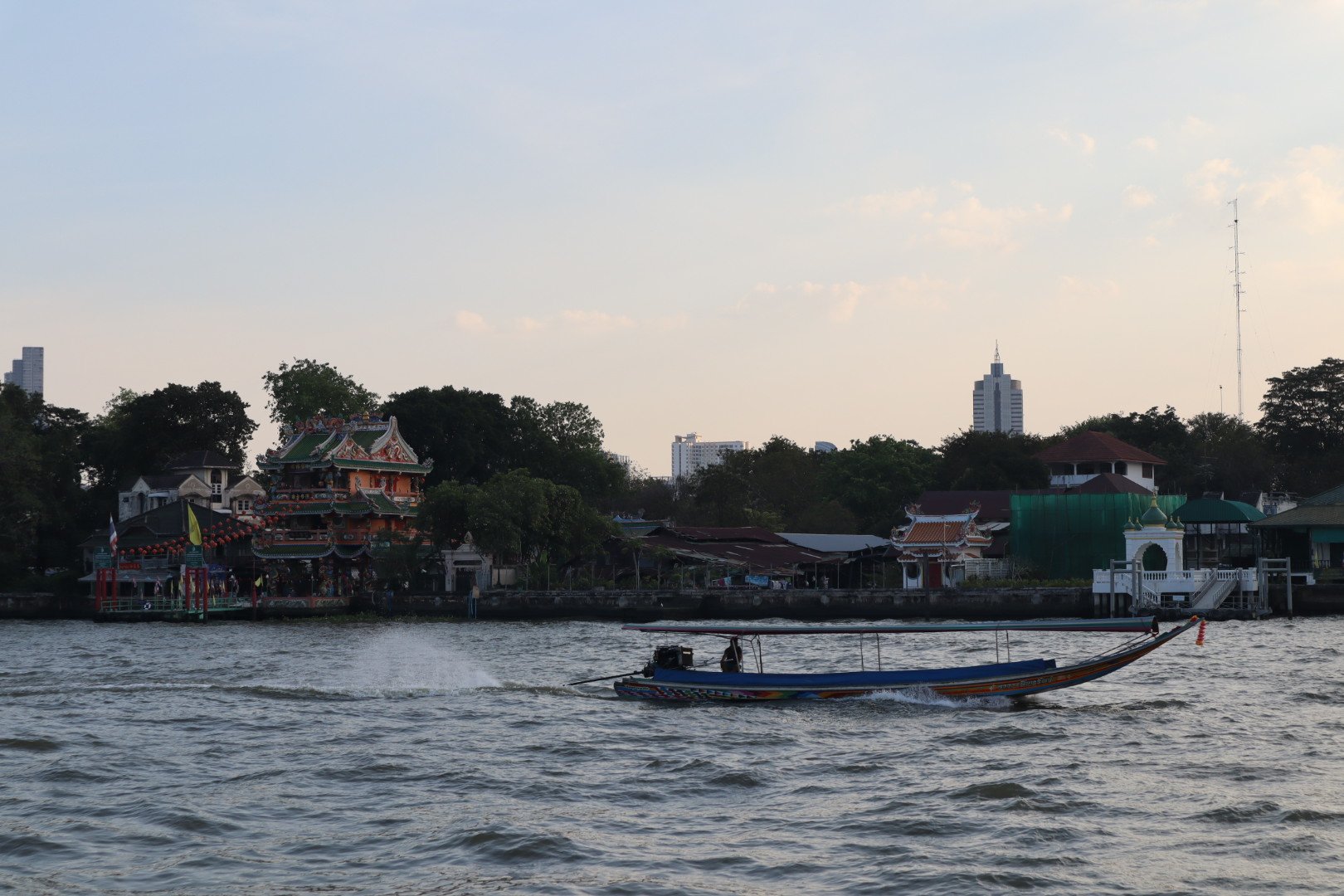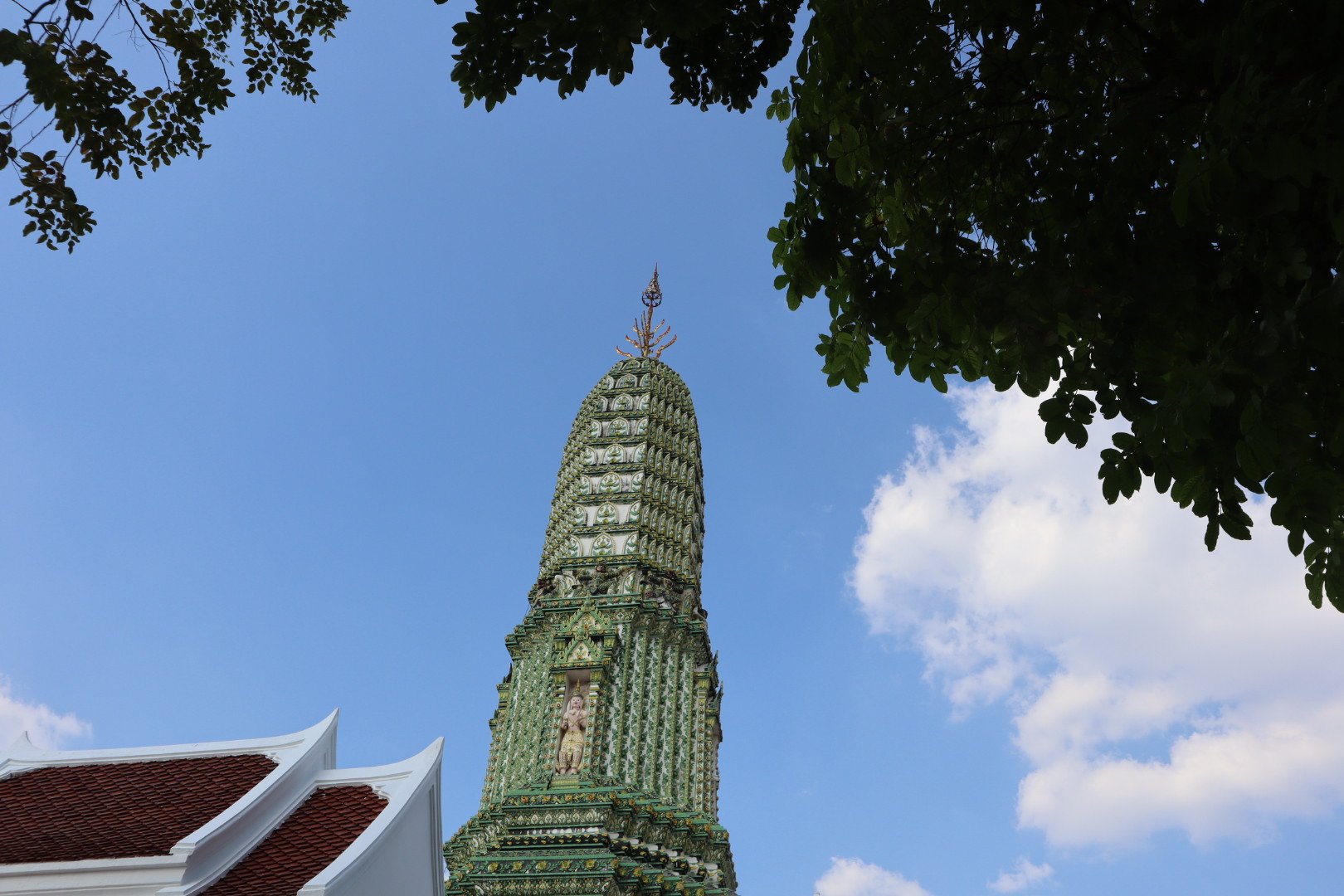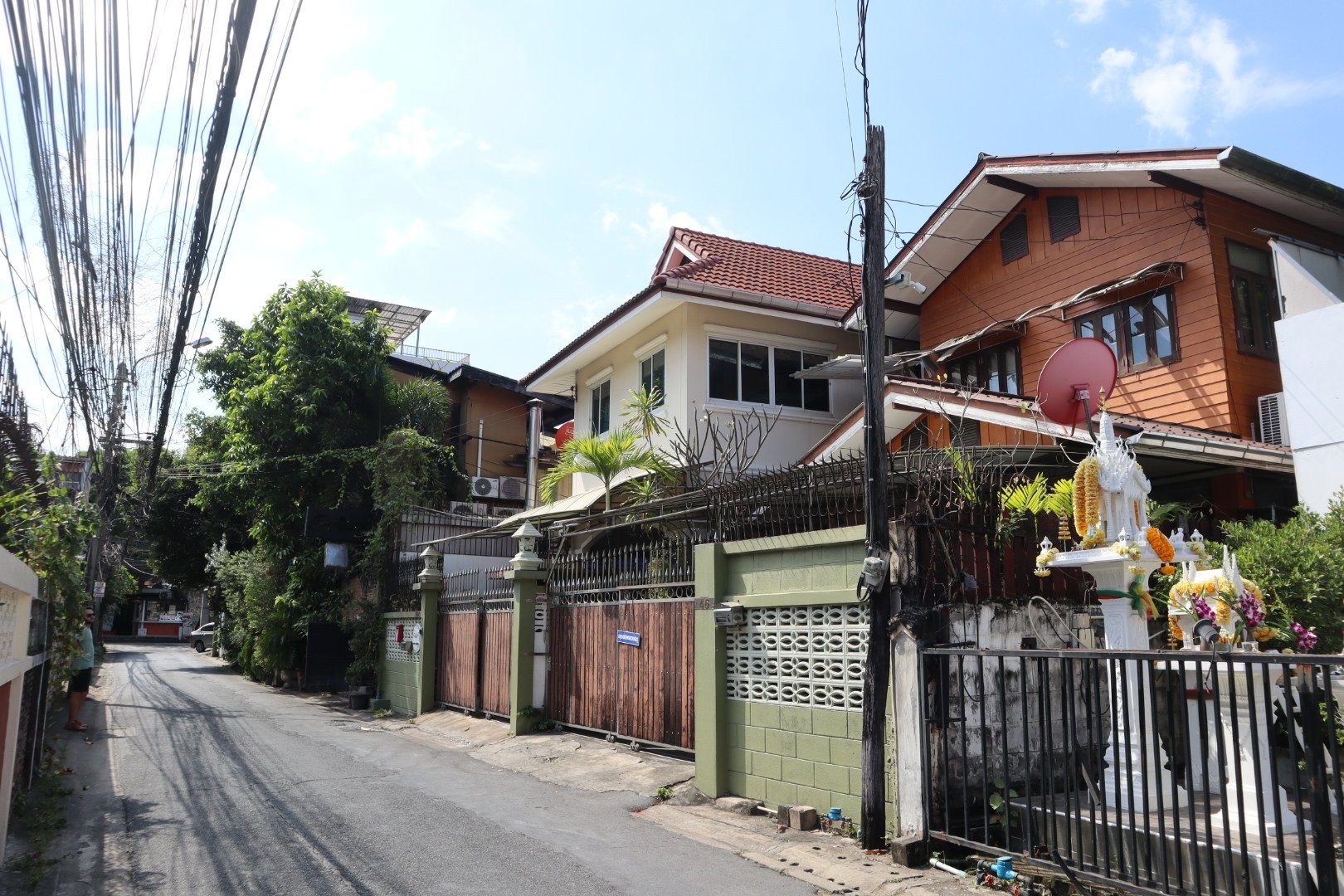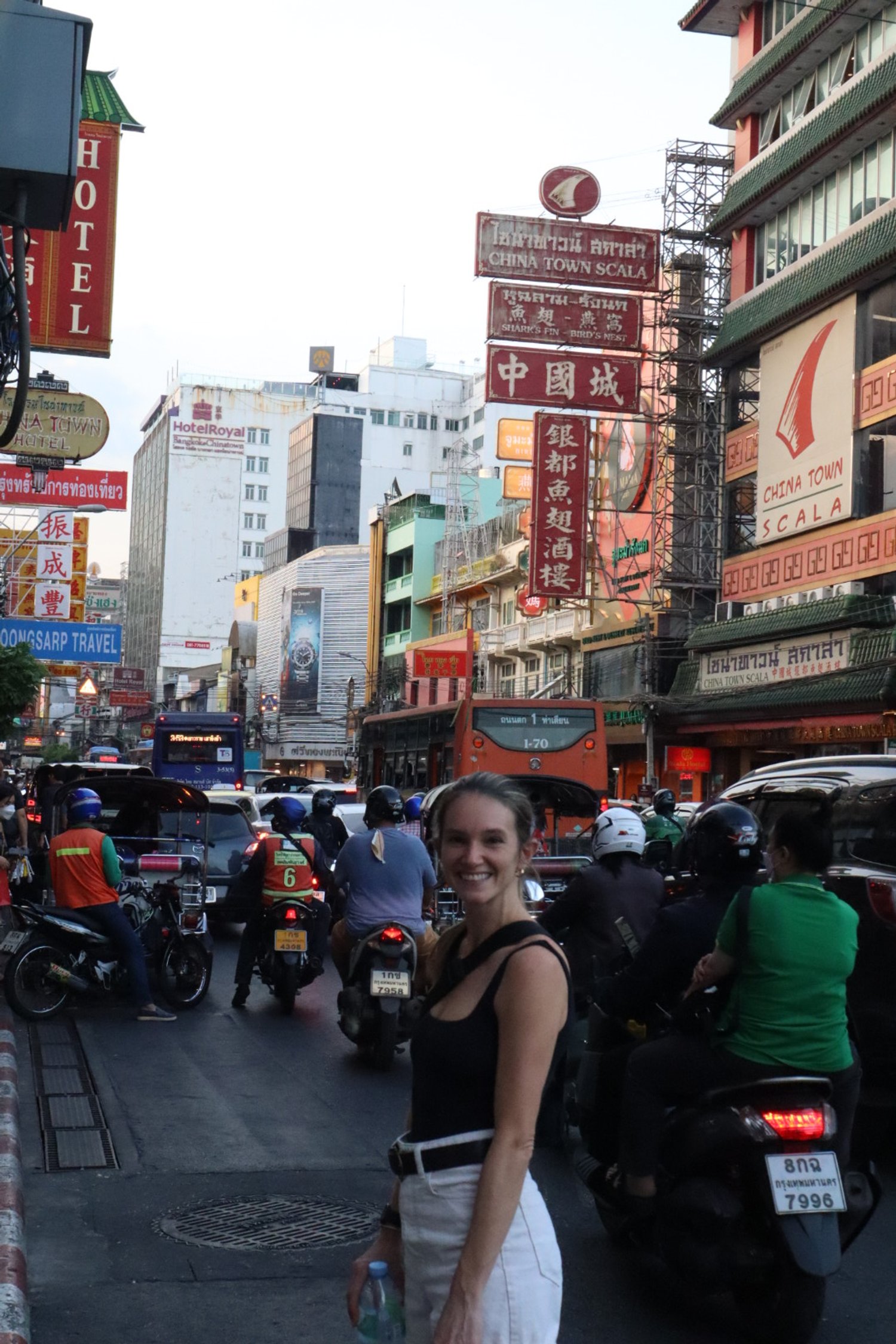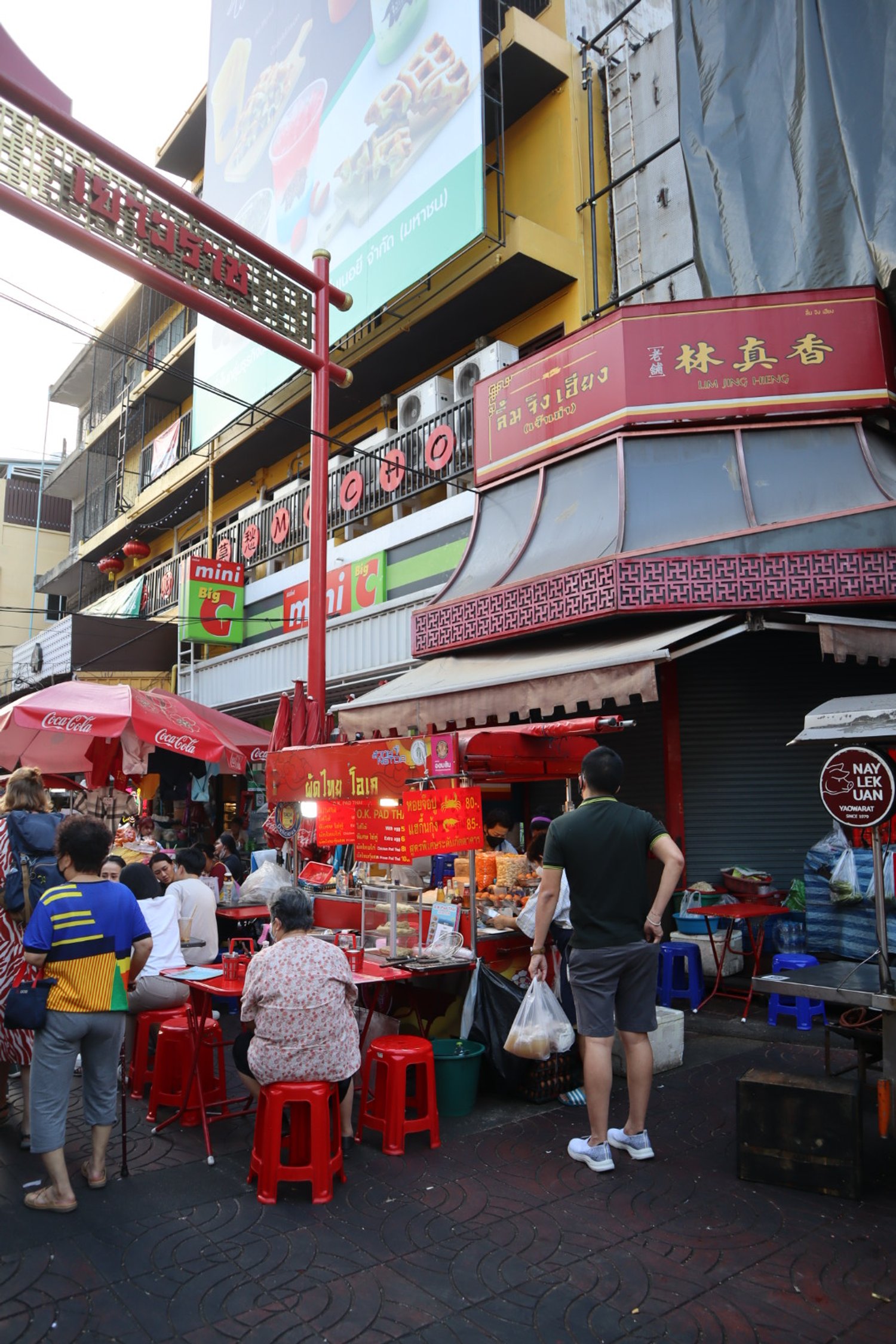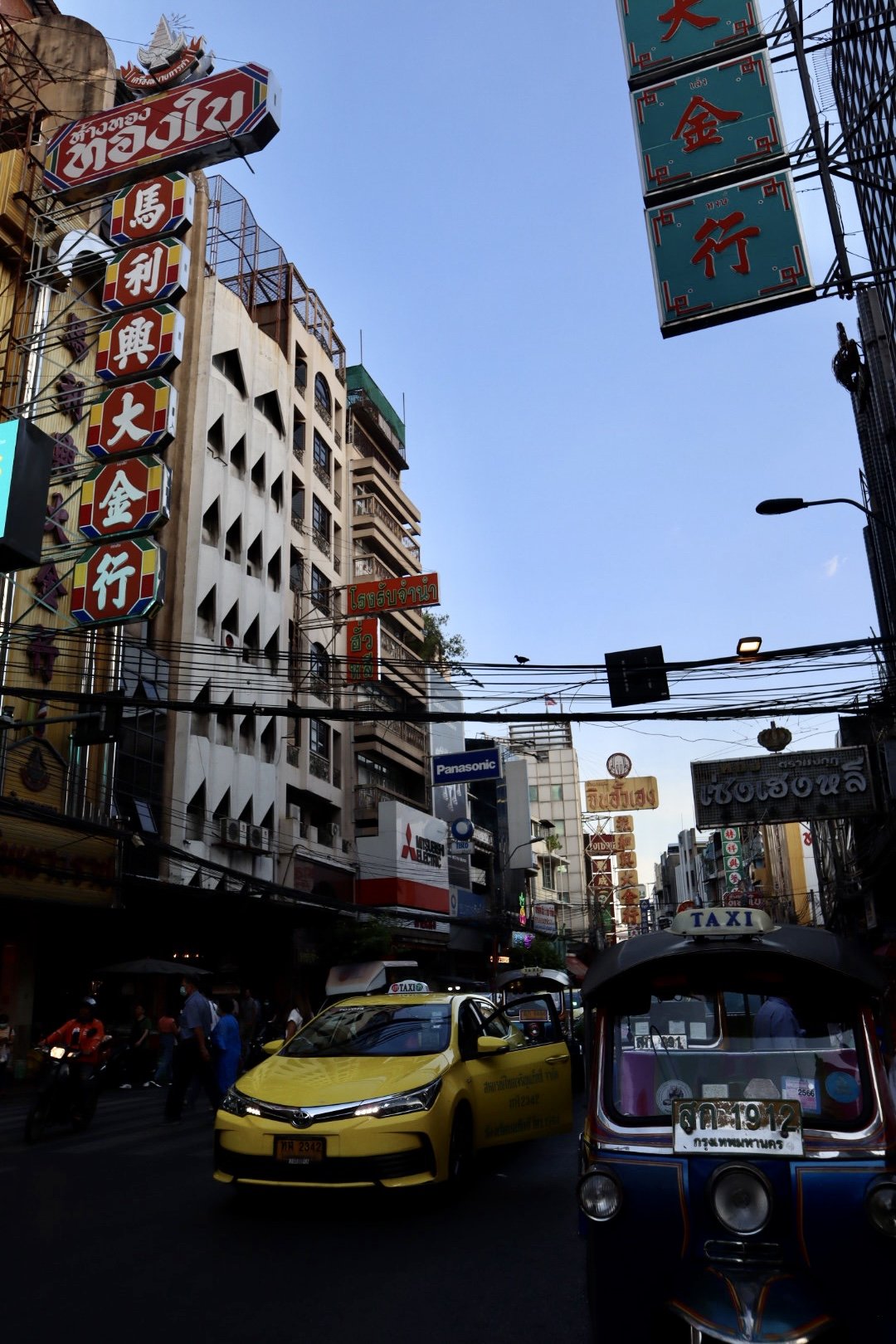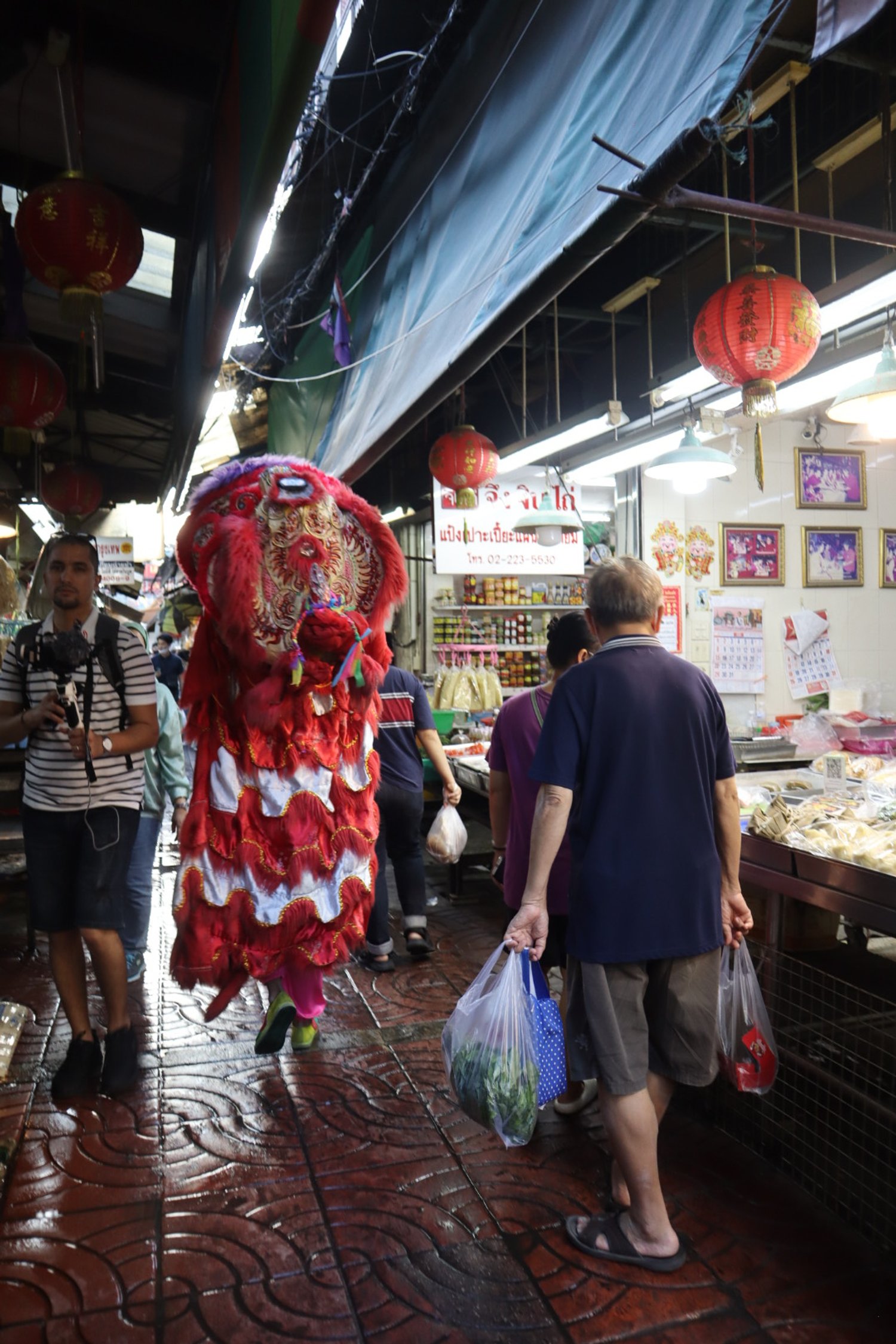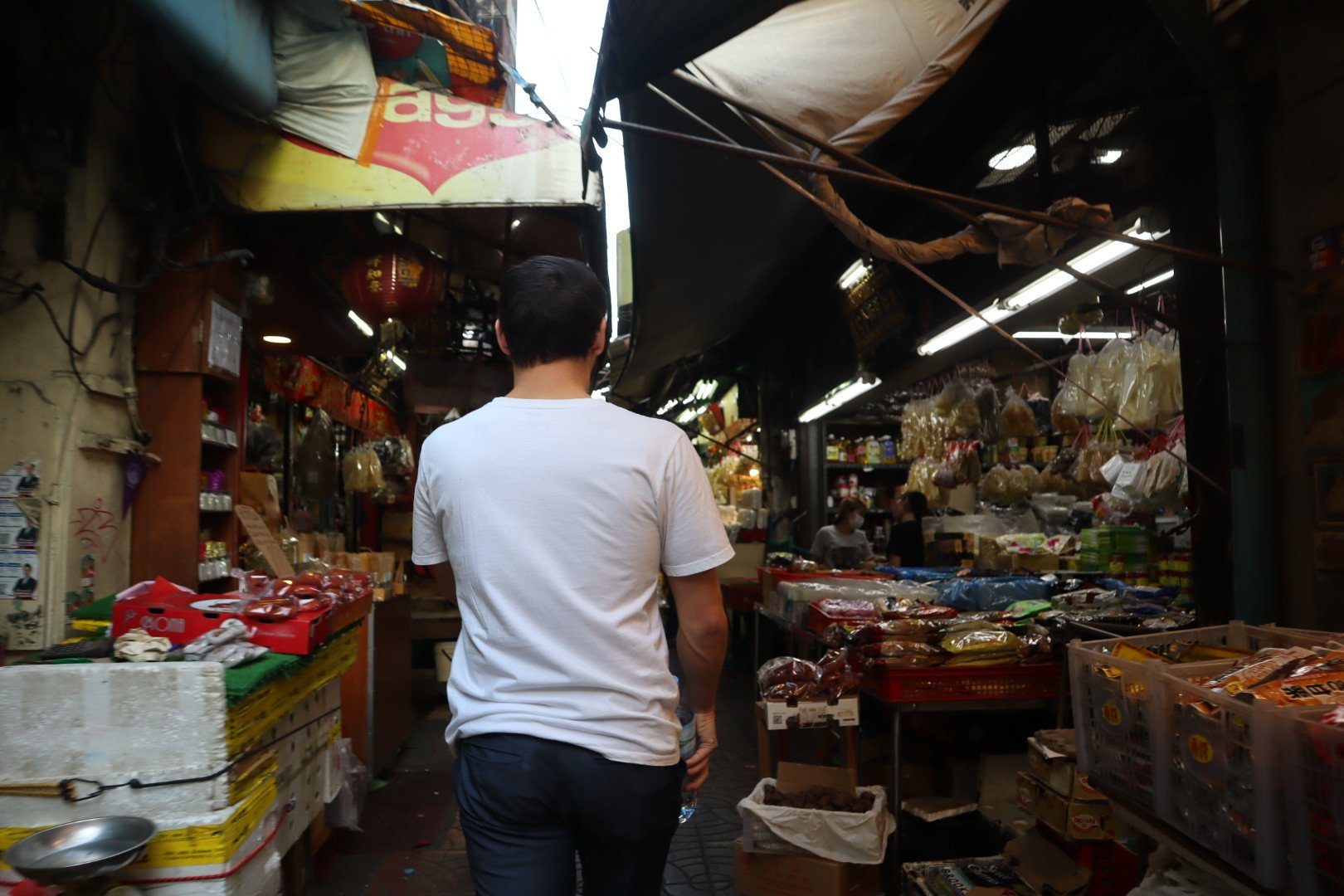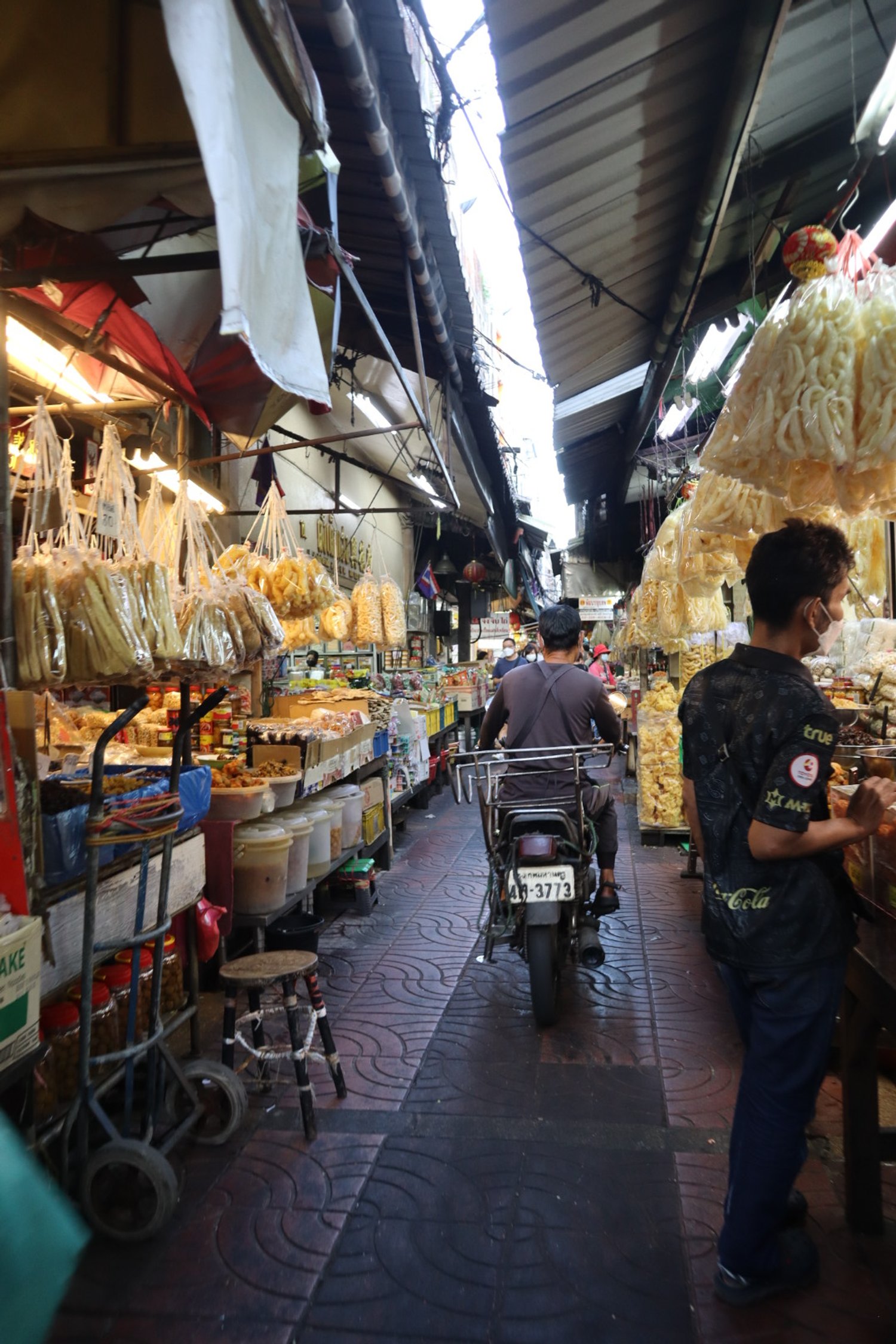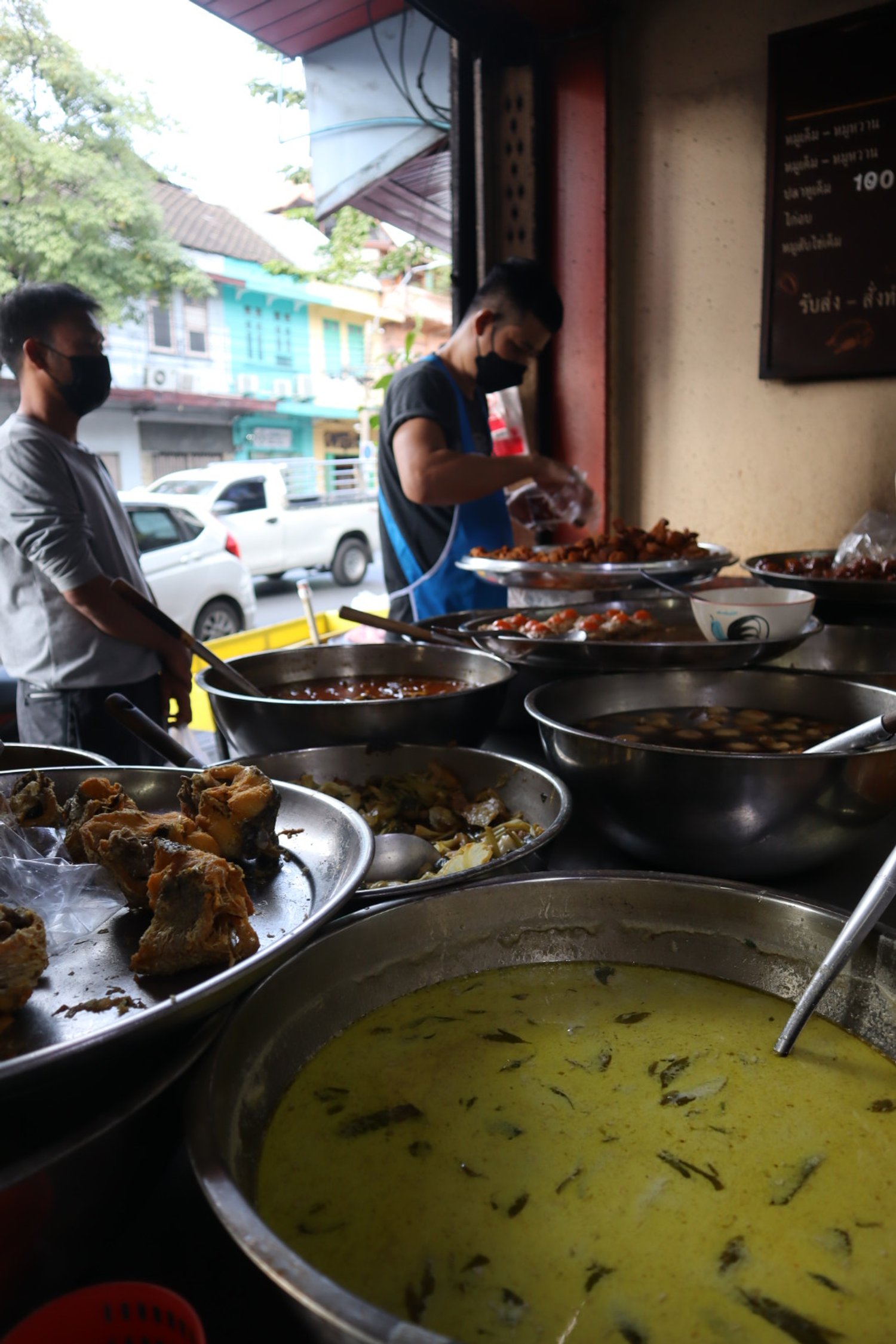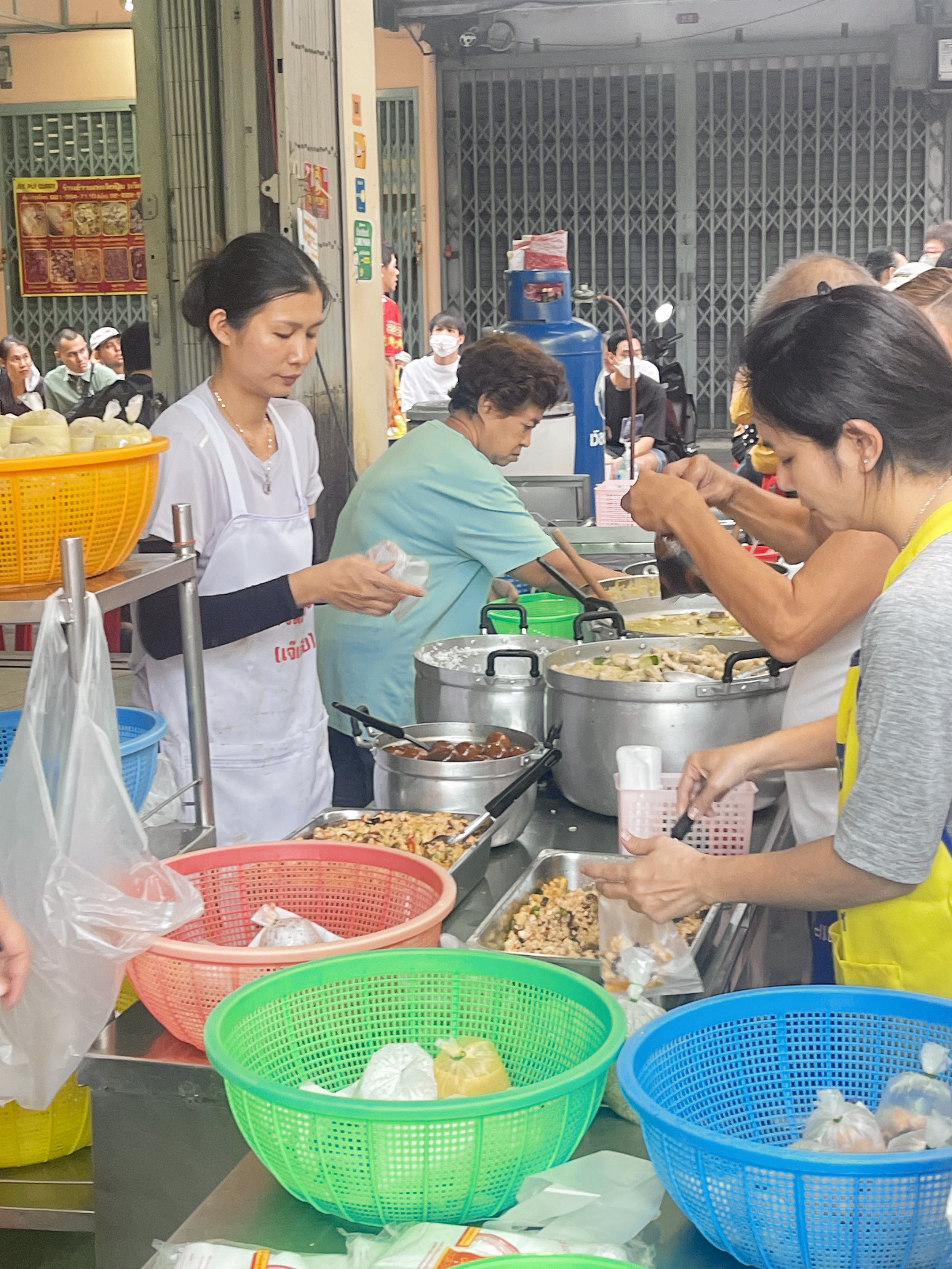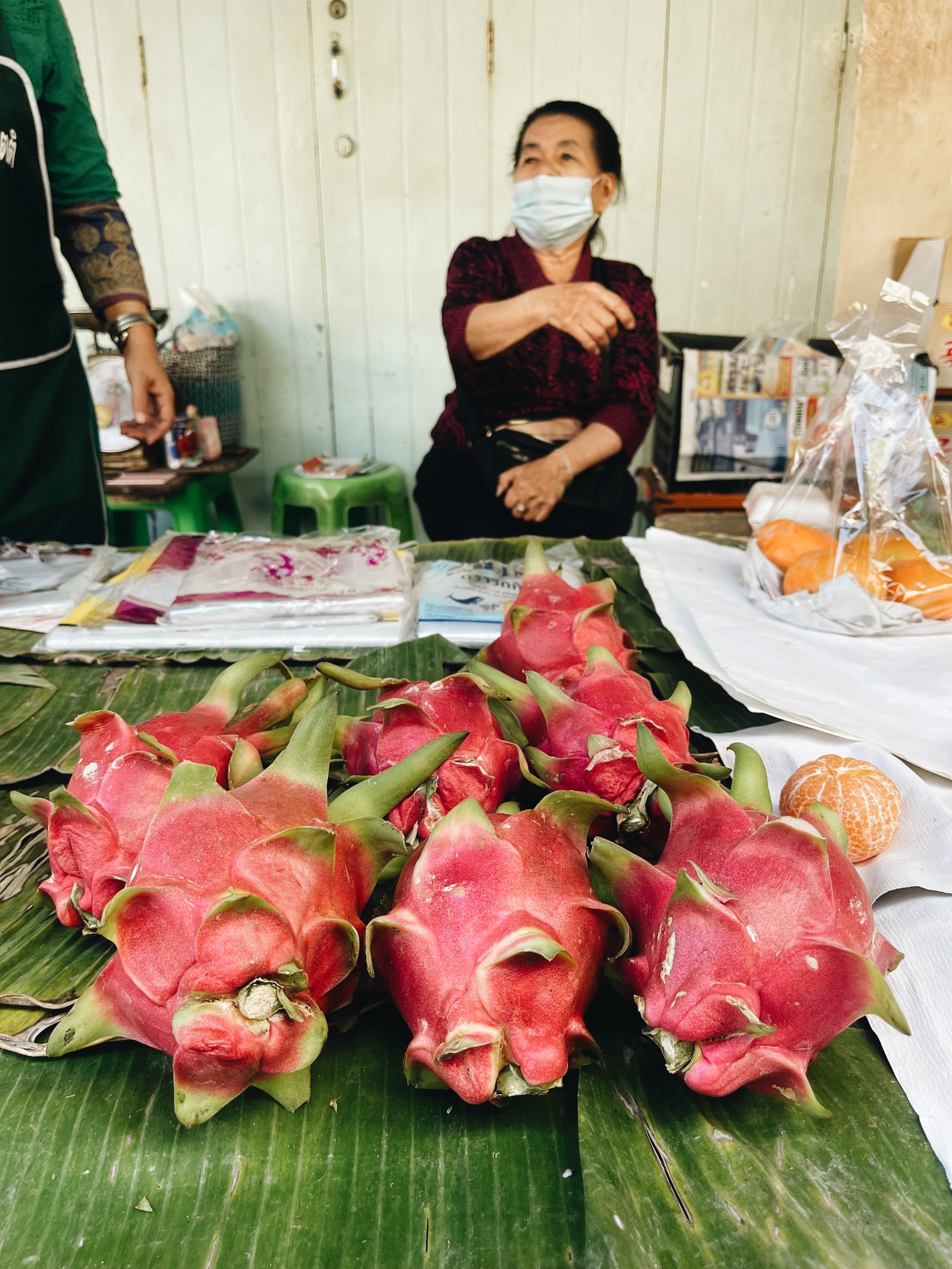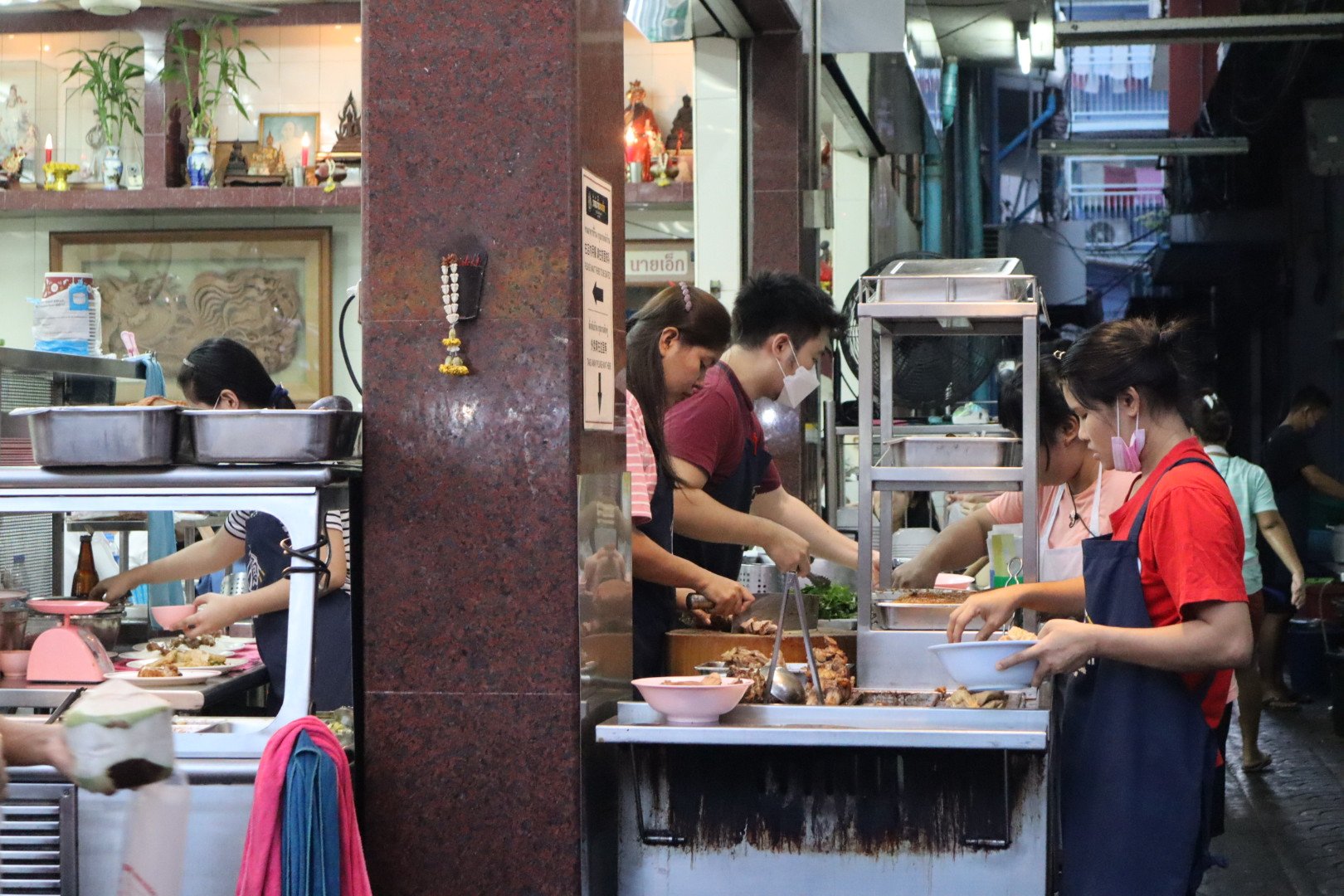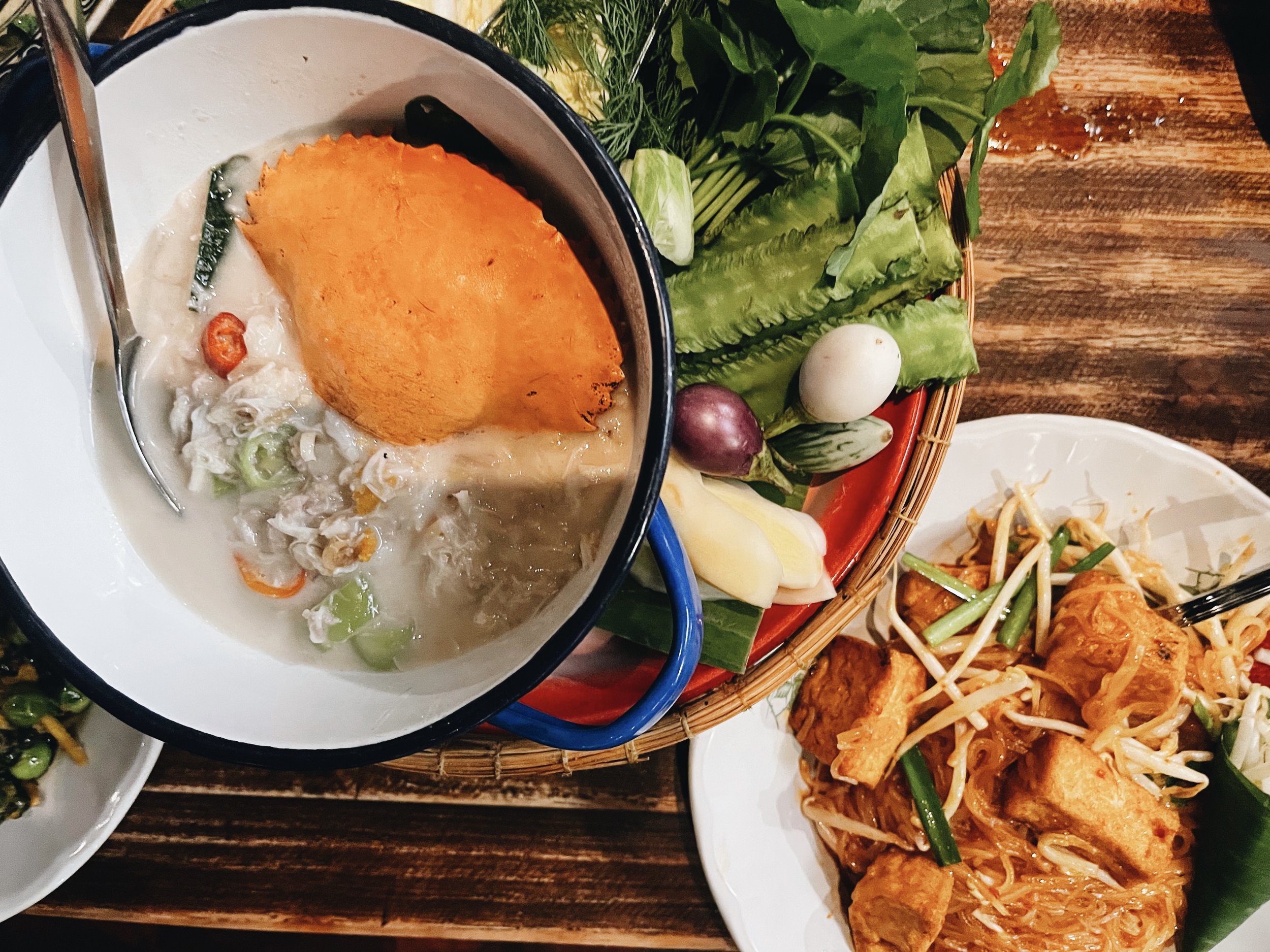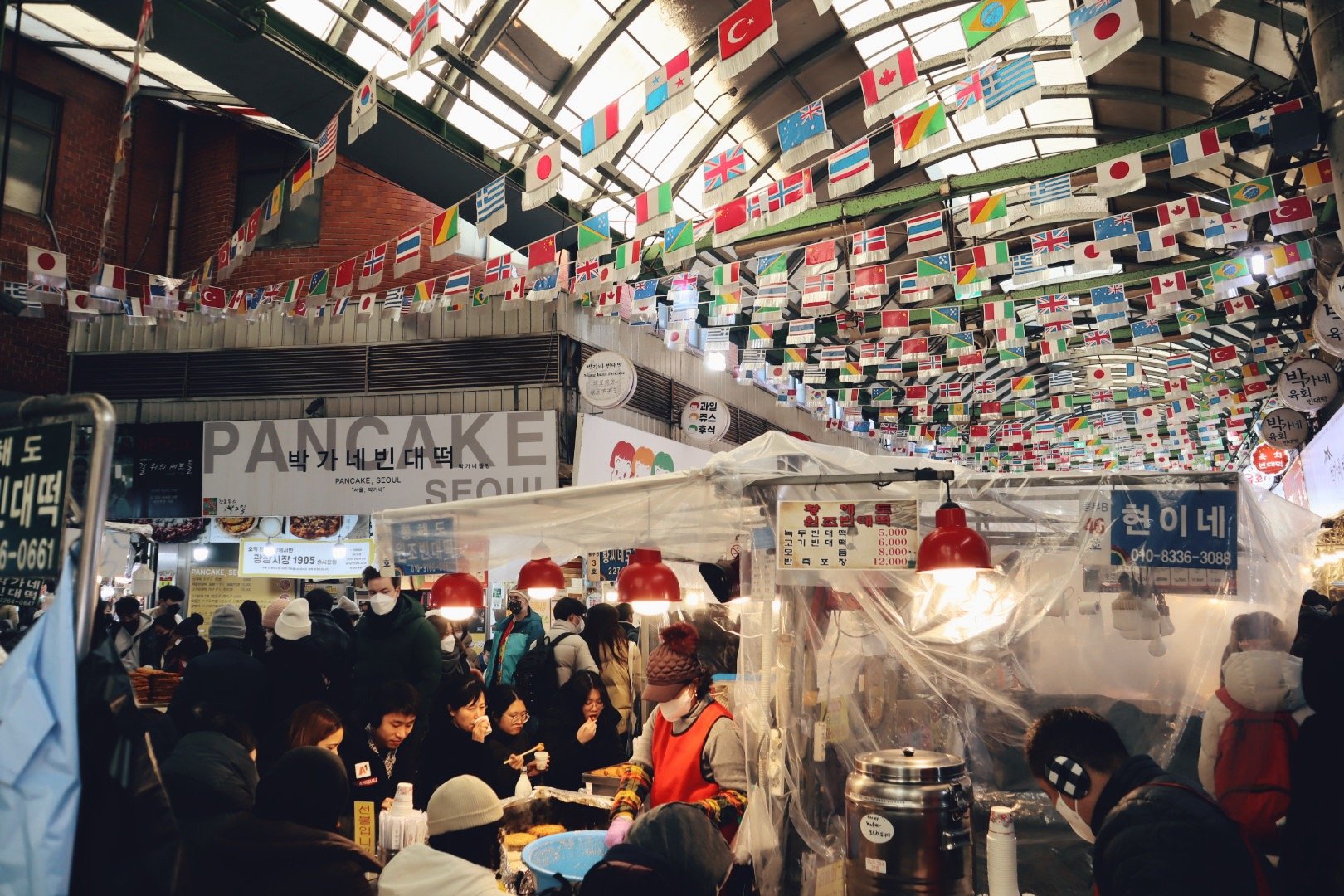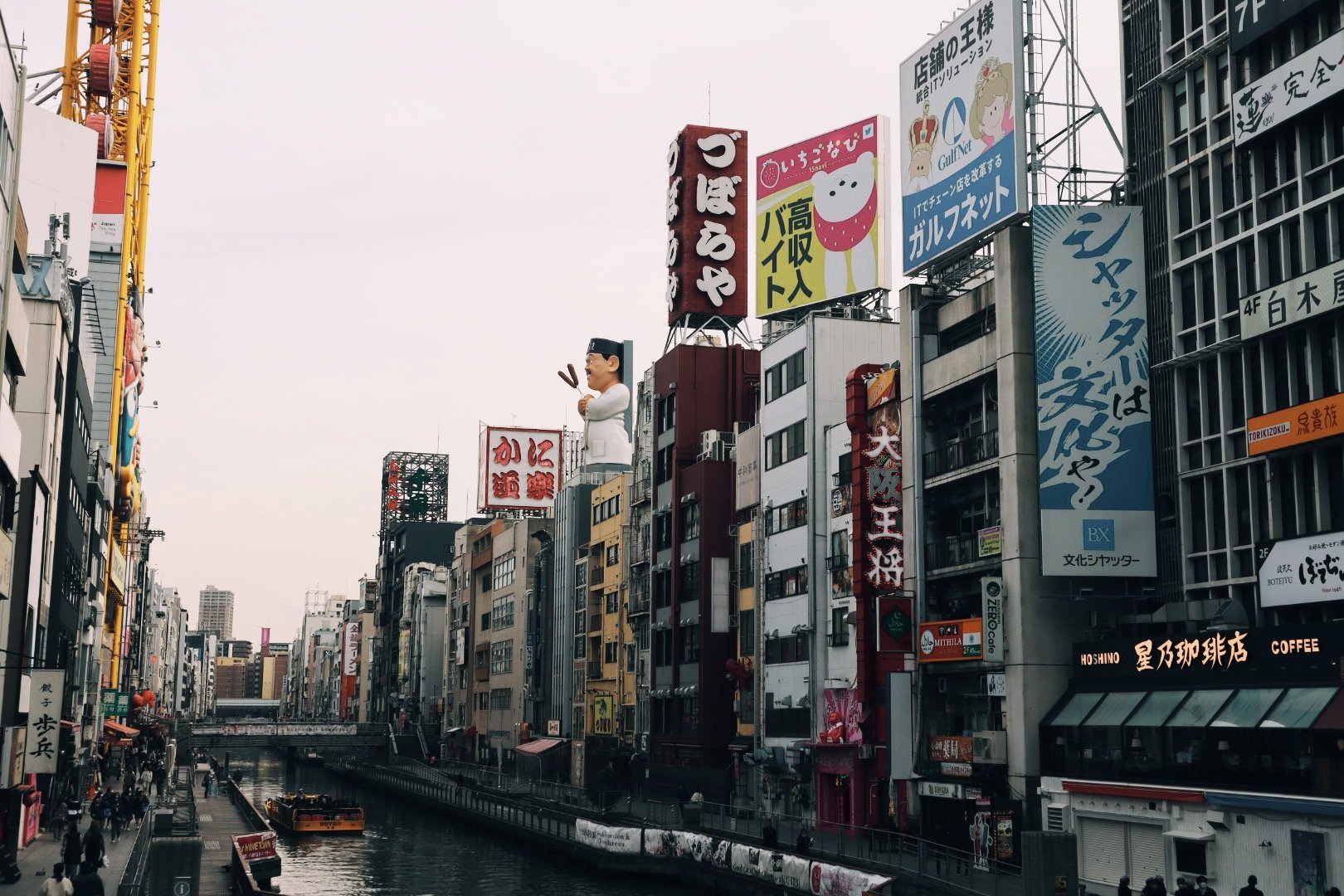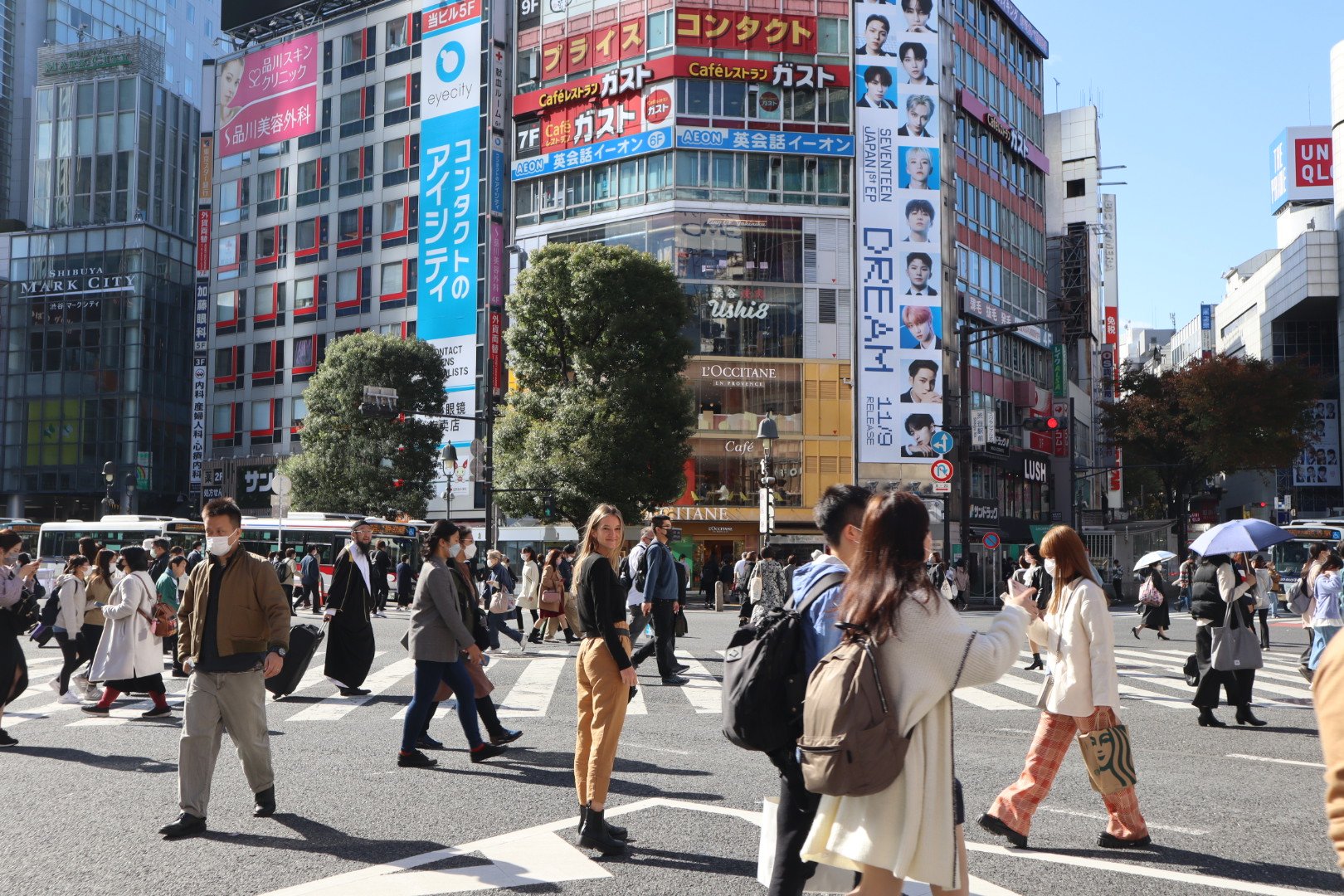Sensing Bangkok
Experiencing the beauty in chaos.
The street-to-sidewalk-to-curry-shop blurred together in Bangkok, creating a frenetic maze for people and motorbikes fighting for the open road. We flagged down a tuktuk, best described as a decaying golf cart with the torque of a motorbike, and asked our driver to take us to Chinatown. In a fraction of a second, the tuktuk sped off like a Mario Kart racer and we were off. I remember being hit by Bangkok in those first few moments. This was our first stop from Korea where we had just experienced the brightness of Korean pop culture mixed with the grit from the Gwangjang Market. It was complex and stimulating. Bangkok was just chaotic; and loud. But I was immersed in the moment, all five senses activated as we embarked on our first day in Southeast Asia.
Seeing the streets
As we sped around the massive Bankgkok streets, I was mesmerized by the contrast at every corner. Some streets were overtaken by rickety stalls; others were decorated with hundreds of rusting electric lines zig zagging across buildings and creating very long, hazardous braids. Then there were roads that sparkled with luxury malls and determined shoppers excited by all things duty-free. In the distance, large skyscrapers grew in every direction and the tips of temples woven with golden lacquer caught the sun’s rays. We’d turn and I catch a serene glimpse of the Chao Phraya River as colorful longtail boats hovered over the waters’ ripples with a single driver manning the motor, his arm making fierce turns to steady the wooden boat. Suddenly, a quick jolt of the tuktuk snapped me out of my daze as we made sharp turn through traffic. I squeezed my eyes shut in fear of collision. We came to a screeching halt and I was relieved to be out of that questionable vehicle and on to the streets of Chinatown.
Hearing the crowds
Chinatown absorbed us with an uncontrolled energy. It was like a music festival, my ears rang from the beat of the streets and melody from from shop owner calls. The sounds of shoes hitting the pavement were rhythmic and frenzied. Old women pushed their way through crowds, heading to their shops with produce and sauces in hand. The shop owners in front of food stalls spoke loudly at the crowds, encouraging global travels to try an authentic taste of Bangkok. We were passed by a man dressed in a dragon costume and a we barely dodged a motorbike swerving against the crowds. As we made our best attempt to sidestep the madness and absorb the swirl around us, one thing kept us focused - our noses.
Smelling the stalls
Any fresh breeze was immediately halted by the thick blanket of humidity, creating a damp, stale smell in the air. But it wasn’t the atmospheric aromas that intrigued my sense of the smell. I had never seen this many food stalls and carts lining the streets, with women shaking saucepans vigorously to mix up the dishes in the works. And consequently, I took in many tantalizing smells of Thai street food for the first time. Zesty aromas of thai chili being freshly chopped tickled my nose while sweet notes of tamarind ignited my tastebuds. Small dried shrimp sat in bowls, wafting lightly salted smells into the air. And of course there were endless vats of palm sugar seeping sweetness into the streets. There were also some less appealing smells blending in. Recently deceased chickens and ducks hung at the front of carts where you would catch a sour stench if you walked too closely. Finally we reached our destination, a nondescript two-story store with a wok directly in the window.
Tasting the pad thai
We had arrived at Pad Thai Fai Ta Lu on Dinso Road, a restaurant run by chef Andy Yang who has a reputation for his pad thai. It might sound a little cliche - having the best pad thai in Bangkok - but this dish made me seriously question all the pad thais I’ve been eating for 31 years. We learned that the perfect pad thai strikes a balance between the core flavors- sweet, sour, salty and spicy. But rather than using standard spices that are found in every American’s kitchen cabinet (salt, sugar, pepper, red pepper flakes, etc), chefs rely on specific ingredients to create these flavors. Melted palm sugar created sweetness while tamarind was responsible for sour. Instead of table salt, small dried shrimps were crushed to capture a saltiness. And just a few thai chilis would crank up the spice level, turning many guests into fire breathing dragons. Texture is also paramount when perfecting a pad thai. Bean sprouts give it a subtle, juicy crunch while firm tofu cubes add a soft, spongy element. The pad thai at Pad Thai Fai Ta Lu captured all of these flavors to pure perfection. Their secret? They create a ‘dry’ sauce by mixing egg with the ingredients mentioned above. The chef then blasts the heat to create a massive fire which aims to ignite a smoky flavor while drying out any liquids seeping from the ingredients. The noodles were finally added to the wok at the very end to absorb the mouthwatering flavors emitting from the pan.
Feeling the heat
While we watched the chef making pad thai, I had to take a step back from the gigantic flame seizing the stove top. The overpowering heat alone could fray an onlooker’s eyebrows. While this was the first time that I had experienced high-heat, high-speed cooking, I discovered that this was a common practice in Thai kitchens. We learned that Thai chefs utilize high-heat to bring out flavors quickly and serve in an efficient manner. Instead of having the 2-hour slow meals that we had become accustomed to in Japan and Europe, it was all about speed here. I quickly grabbed a pair of wooden chopsticks, sliced them in half, and slurped down the best pad Thai I’ve ever had.
Bangkok was unlike anything I had experienced before. East Asia opened my eyes to an entirely new set of cultural norms and culinary experiences that would become my new reality, but Bangkok was so starkly different. And in the moment I wasn’t sure I liked it.
If you aren’t ready for it, the city will swallow you whole. Bangkok was dirty and crowd-ridden. Paved sidewalks were nonexistent and every small task felt like an extreme sport. The chaotic nature felt a bit abrasive and I immediately began to question the next five months ahead. Would I ever see a perfectly formed queue or experience a quiet train again? But I was also completely spellbound. I learned that this all-immersive environment would keep me entirely present in my experiences here and the striking differences between our cultures rattled me into wander and excitement. It was just the start of a completely engulfing experience, an eye-opening welcome to Thailand and the rest of Southeast Asia.


